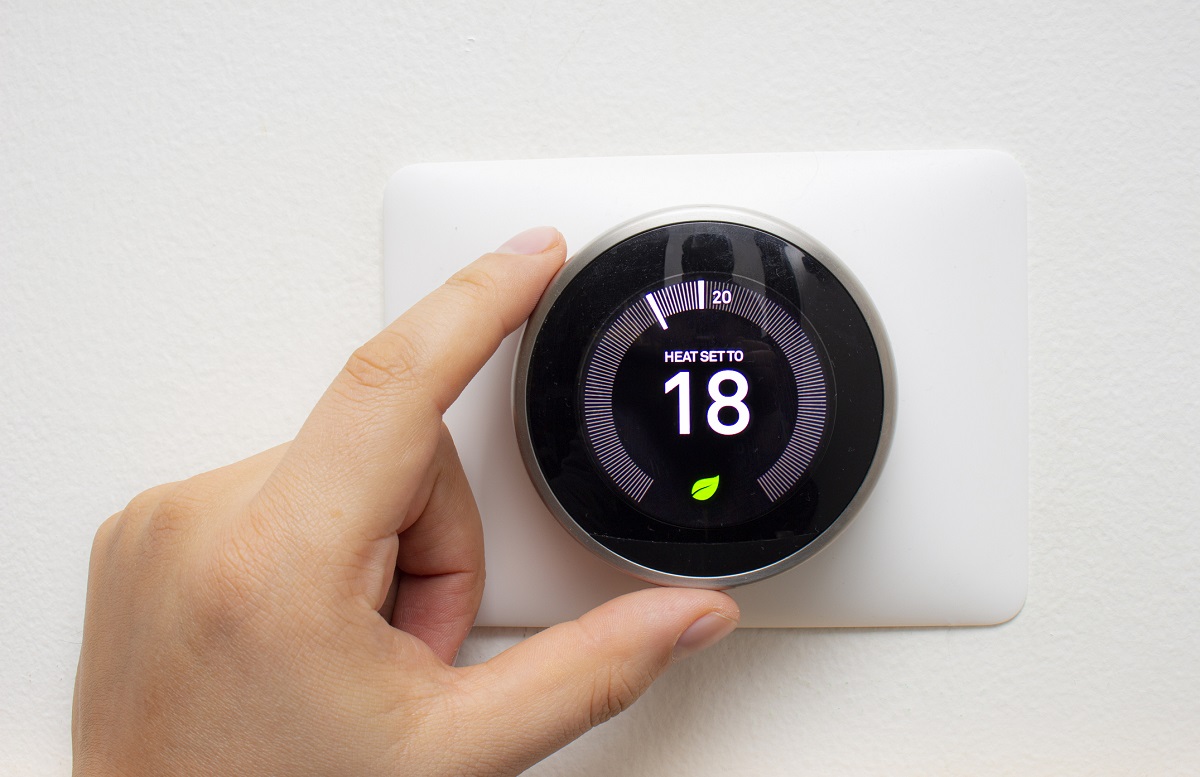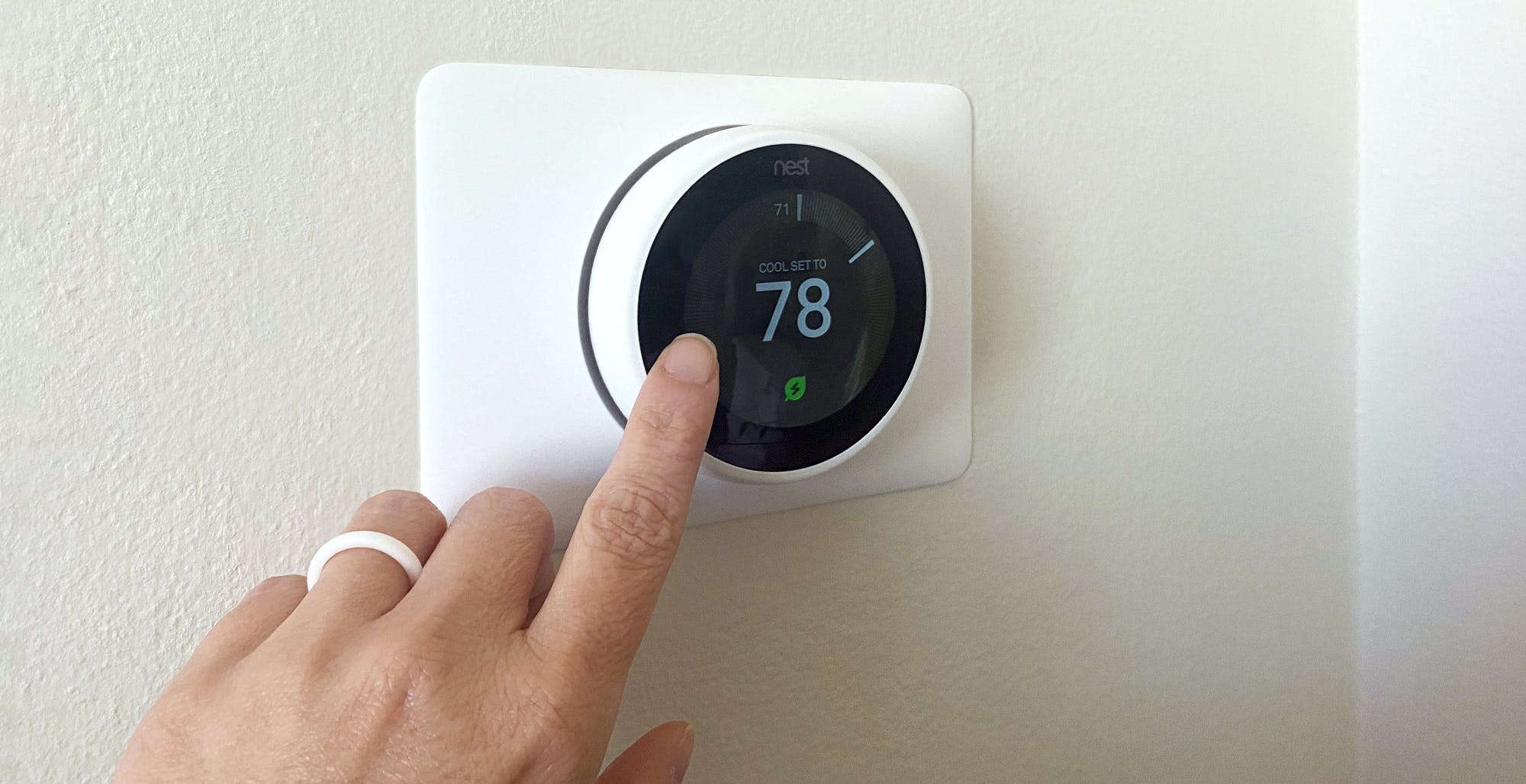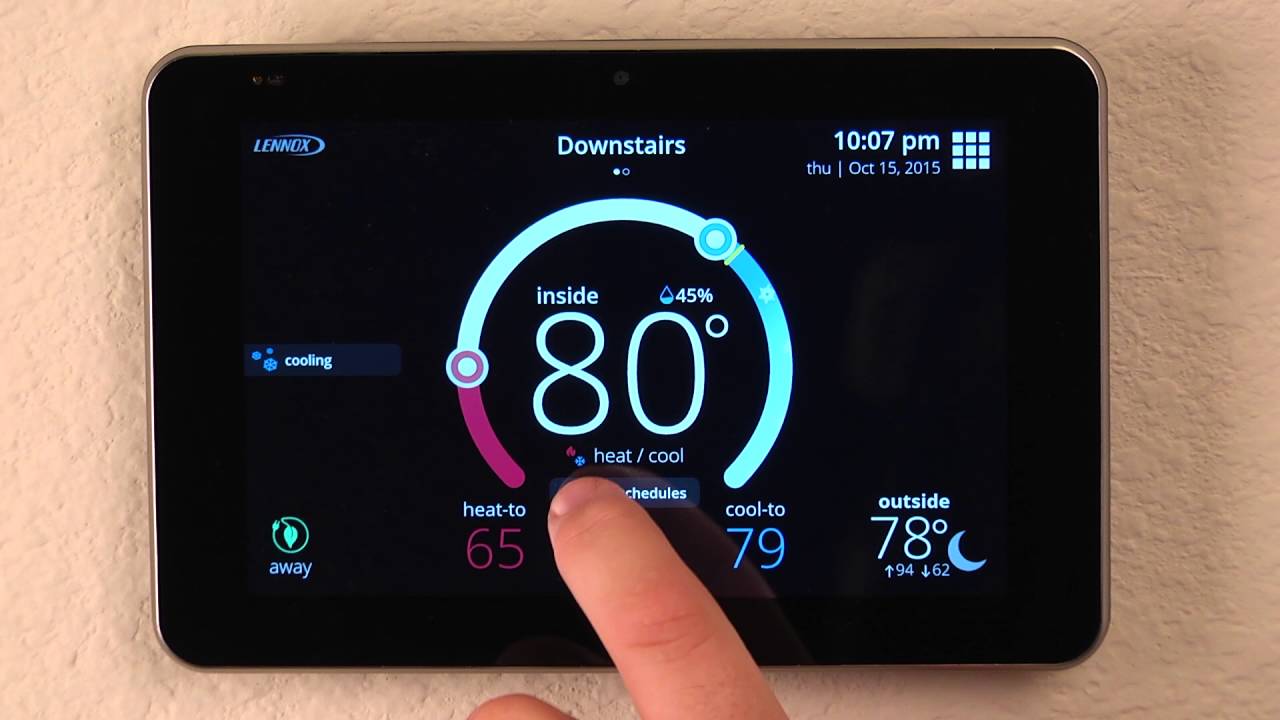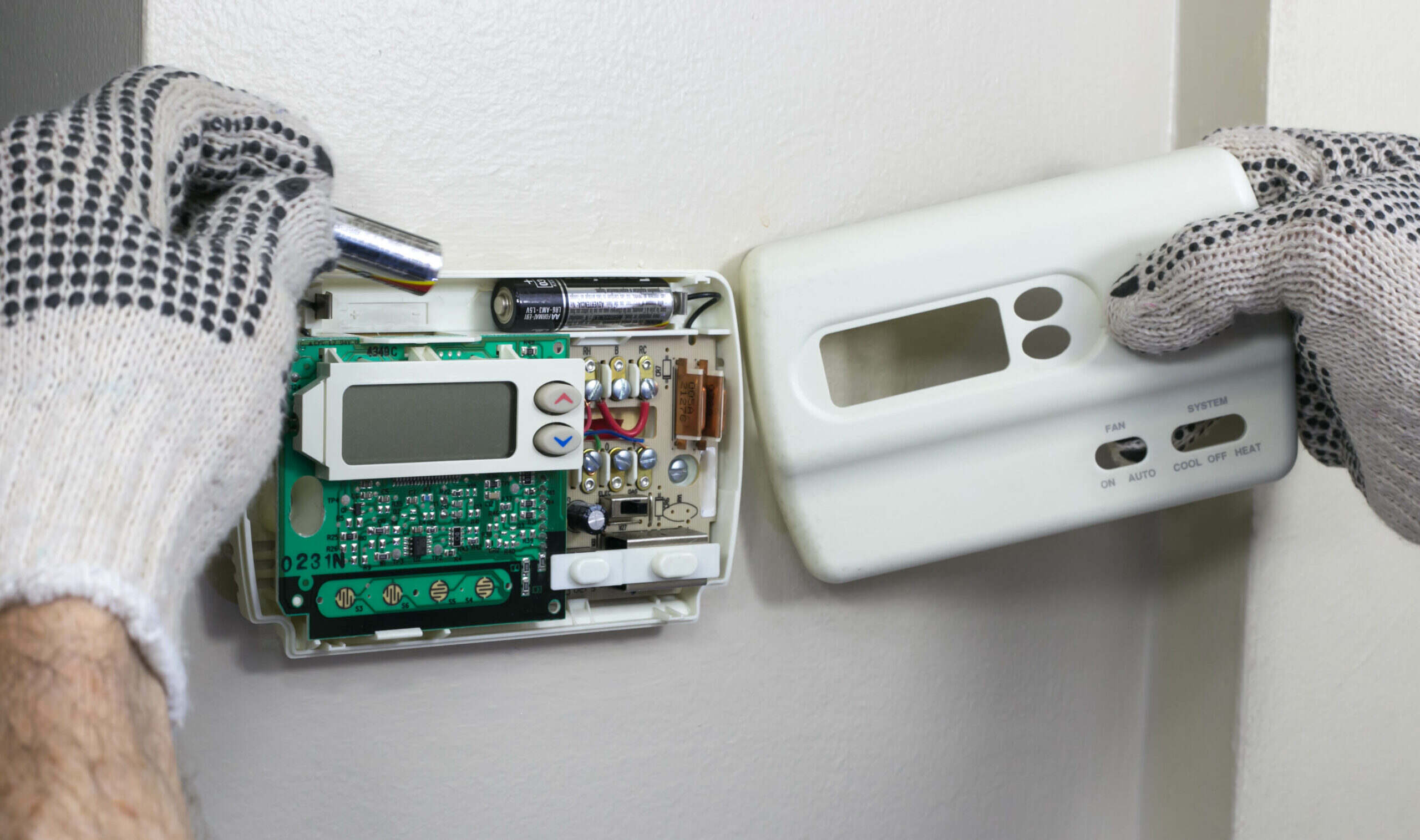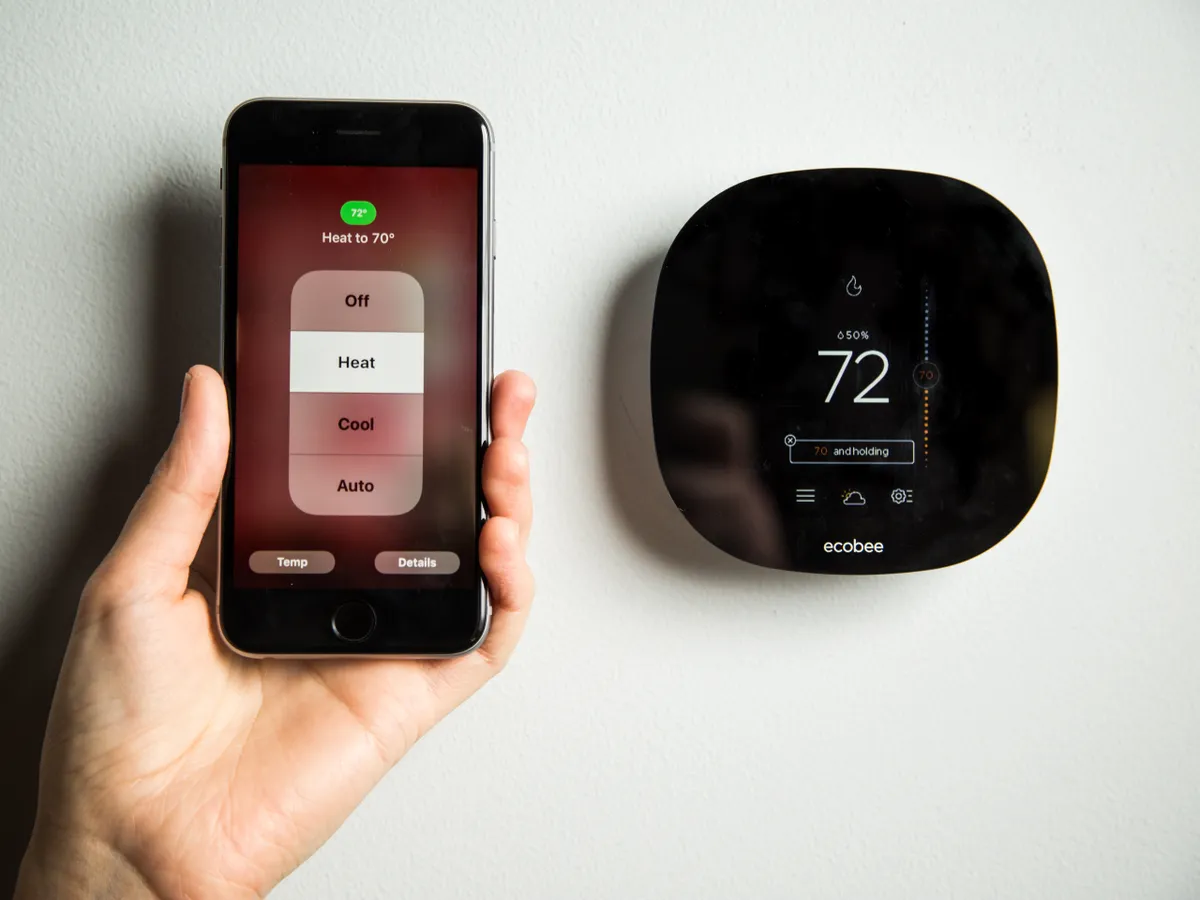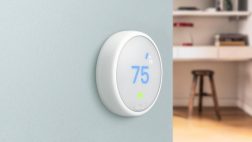Introduction
Smart thermostats are revolutionizing the way we control the climate in our homes. Unlike traditional thermostats, smart thermostats offer a wide array of benefits that go beyond basic temperature regulation. These innovative devices are equipped with advanced technology that enables users to remotely control and automate their heating, ventilation, and air conditioning (HVAC) systems. Whether you're concerned about energy efficiency, convenience, or personalized comfort, smart thermostats have something to offer for everyone.
Smart thermostats are designed to learn your heating and cooling preferences, adjust settings automatically, and provide valuable insights into your energy usage. This level of intelligence allows for optimal energy management, ultimately leading to cost savings and reduced environmental impact. With the ability to integrate seamlessly with smart home systems, smart thermostats offer a holistic approach to home climate control, making them a valuable addition to any modern household.
In this article, we'll delve into the various advantages of smart thermostats, ranging from energy savings and convenience to personalized comfort and environmental impact. By exploring these benefits, you'll gain a comprehensive understanding of why investing in a smart thermostat can significantly enhance your home's efficiency, comfort, and sustainability. Let's embark on a journey to discover the compelling reasons why smart thermostats are becoming an essential component of modern living.
Energy Savings
Smart thermostats are instrumental in optimizing energy usage within the home, leading to substantial cost savings and a reduced environmental footprint. These devices are equipped with advanced features such as learning algorithms, occupancy sensors, and weather forecasting integration, allowing them to adapt to your lifestyle and the surrounding environment efficiently.
By learning your temperature preferences and daily routines, smart thermostats can automatically adjust heating and cooling settings to minimize energy consumption when you’re away or asleep. Additionally, they provide insights into energy usage patterns, empowering you to make informed decisions about optimizing efficiency. With the ability to create personalized heating and cooling schedules, smart thermostats ensure that your home is only using energy when needed, ultimately reducing utility bills.
Furthermore, many smart thermostats offer energy usage reports and tips to help you understand your consumption habits and identify opportunities for improvement. Some models even provide energy-saving recommendations based on your usage data, enabling you to make impactful changes that align with your sustainability goals.
When considering the environmental impact, the energy savings facilitated by smart thermostats contribute to a lower carbon footprint. By reducing unnecessary energy consumption, these devices play a crucial role in conserving natural resources and mitigating the effects of climate change. With their ability to optimize energy usage while maintaining comfort, smart thermostats are a testament to the power of technology in fostering sustainable living.
Convenience and Remote Access
Smart thermostats offer unparalleled convenience and flexibility by allowing users to control their home’s climate remotely. Whether you’re at work, traveling, or simply relaxing in another room, the ability to adjust the temperature settings from a smartphone, tablet, or computer provides a new level of freedom and comfort.
With remote access, you can ensure that your home is at the ideal temperature upon your arrival, eliminating the need to return to an uncomfortably hot or cold environment. Additionally, the convenience of remotely controlling your thermostat enables you to make real-time adjustments based on unexpected changes in your schedule or weather conditions, ensuring that your home remains comfortable and energy-efficient at all times.
Moreover, smart thermostats often feature geofencing capabilities, which utilize the location of your smartphone to automatically adjust the temperature as you enter or leave a predefined area around your home. This seamless integration with your daily routine eliminates the need for manual adjustments and ensures that energy is not wasted on heating or cooling an unoccupied space.
For households with varying schedules, the ability to create multiple user accounts and preferences within the smart thermostat’s app adds another layer of convenience. Each family member can customize their preferred settings, and the thermostat will seamlessly adapt to individual preferences, enhancing overall comfort and energy efficiency.
By offering remote access and personalized control, smart thermostats empower users to manage their home’s climate with ease, providing a new level of convenience and adaptability that aligns with the demands of modern lifestyles.
Personalized Comfort
Smart thermostats are designed to deliver personalized comfort by adapting to your preferences and daily routines. Through advanced learning algorithms and sensors, these devices can intelligently adjust temperature settings to create an environment that suits your unique comfort needs.
One of the key features that contribute to personalized comfort is the ability of smart thermostats to learn from your behavior and make automatic adjustments accordingly. By analyzing factors such as occupancy patterns, temperature preferences, and response to external conditions, these devices can create tailored heating and cooling schedules that align with your lifestyle, ensuring that your home is always at the desired temperature when you need it.
Furthermore, many smart thermostats offer features such as room-specific temperature control and occupancy detection, enabling precise climate management in different areas of the home. This level of customization allows for individualized comfort settings, catering to specific preferences in various living spaces and accommodating the diverse comfort needs of household members.
Moreover, smart thermostats often provide insights into indoor air quality and humidity levels, allowing users to optimize their home’s environment for enhanced comfort and well-being. By integrating with additional sensors and smart home devices, these thermostats can further enhance the overall comfort experience by ensuring optimal air quality and humidity levels, creating a healthier and more pleasant living environment.
Overall, the personalized comfort offered by smart thermostats goes beyond basic temperature control, providing a tailored and responsive approach to home climate management that prioritizes individual preferences and well-being.
Integration with Smart Home Systems
Smart thermostats seamlessly integrate with a wide range of smart home systems, offering enhanced functionality and control over the home’s climate as part of a holistic connected environment. This integration allows smart thermostats to communicate with other smart devices, such as lighting, security, and voice assistants, creating a cohesive ecosystem that maximizes convenience and efficiency.
One of the key benefits of integrating a smart thermostat with a smart home system is the ability to create automated routines that coordinate various devices to optimize energy usage and comfort. For example, when the smart thermostat detects that no one is home, it can communicate with the smart lighting system to ensure that lights are turned off, contributing to energy savings and security. Additionally, integration with voice assistants enables hands-free control of the thermostat, adding a new level of convenience to home climate management.
Furthermore, smart thermostats can often be integrated with home energy management systems, providing comprehensive insights into overall energy usage and enabling users to make informed decisions about efficiency improvements. By sharing data with energy monitoring devices, smart thermostats contribute to a more comprehensive understanding of the home’s energy consumption, empowering users to take proactive steps towards sustainability.
Integration with smart home security systems also enhances the capabilities of smart thermostats, allowing for coordinated responses to security events. For example, in the event of a fire or carbon monoxide detection, the smart thermostat can automatically shut down the HVAC system to prevent the circulation of smoke or harmful gases, contributing to the safety and well-being of occupants.
Overall, the integration of smart thermostats with smart home systems enhances the functionality and intelligence of these devices, contributing to a more connected, efficient, and secure living environment.
Environmental Impact
Smart thermostats play a significant role in reducing the environmental impact of residential energy consumption, contributing to sustainability efforts and the preservation of natural resources. By optimizing heating and cooling operations, these devices facilitate energy conservation, resulting in reduced greenhouse gas emissions and a lower overall carbon footprint.
One of the primary environmental benefits of smart thermostats is their ability to minimize energy waste through intelligent temperature control. By automatically adjusting settings based on occupancy, user preferences, and external conditions, smart thermostats ensure that energy is only used when necessary, leading to decreased energy consumption and a corresponding reduction in environmental impact.
Moreover, the energy-saving features of smart thermostats contribute to a decrease in fossil fuel consumption, which is a major driver of carbon dioxide emissions. By promoting energy efficiency and reducing the reliance on non-renewable energy sources, smart thermostats support the transition towards a more sustainable and eco-friendly energy landscape.
Furthermore, the insights provided by smart thermostats regarding energy usage patterns and efficiency improvements empower users to make informed decisions that align with environmental conservation goals. By understanding their energy consumption and implementing the recommended changes, homeowners can actively contribute to sustainability efforts and reduce their ecological footprint.
Additionally, the integration of smart thermostats with smart home systems and energy management platforms creates a comprehensive approach to environmental stewardship. By coordinating with other smart devices and sharing data with energy monitoring systems, smart thermostats contribute to a more holistic understanding of residential energy usage, enabling users to make impactful changes that benefit both the environment and their household.
Overall, the environmental impact of smart thermostats extends beyond individual energy savings, playing a crucial role in promoting sustainable living practices and mitigating the environmental challenges associated with residential energy consumption.







